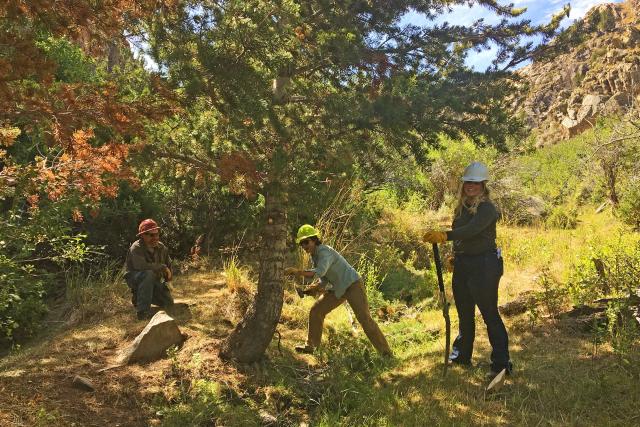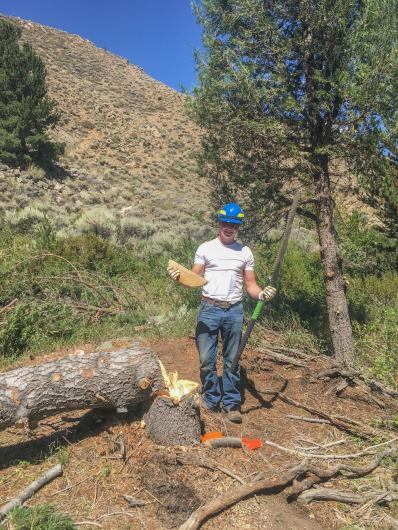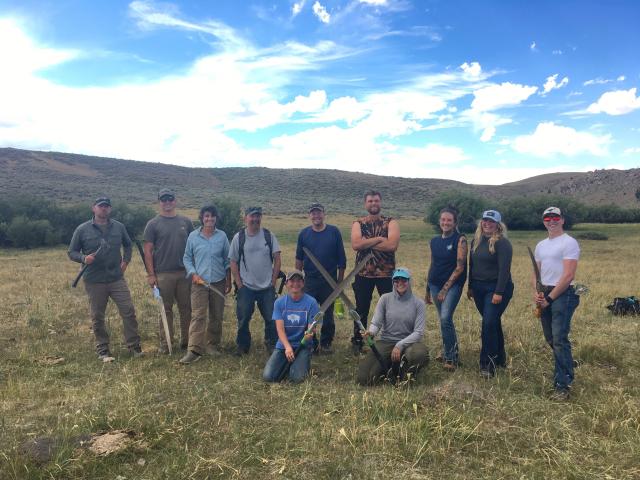Related Stories
- Tearing through a good time
- BLM approves protocol for grazing flexibilities, range improvements, and restoration to improve LCT habitat
- Wild horses and burros find new homes at successful Wyoming adoption event
- Quillie Nelson: A resident rodent of Campbell Tract
- Overcoming challenges to move the BLM forward: Nikki Haskett
Office
101 South 23rd Street
Worland, WY 82401
United States
Phone:
Email:





